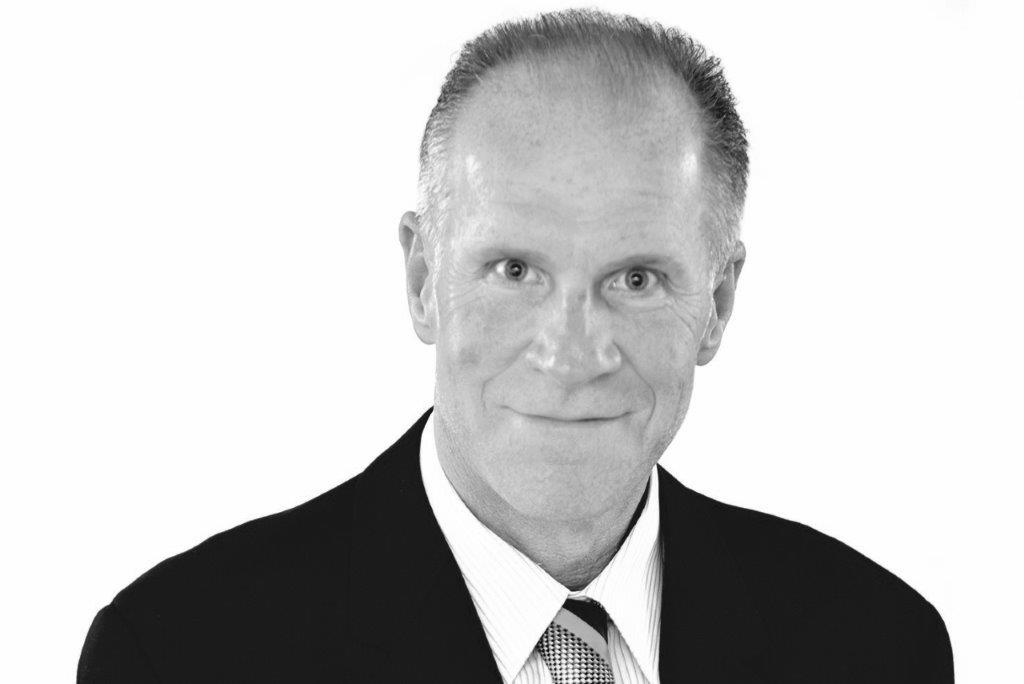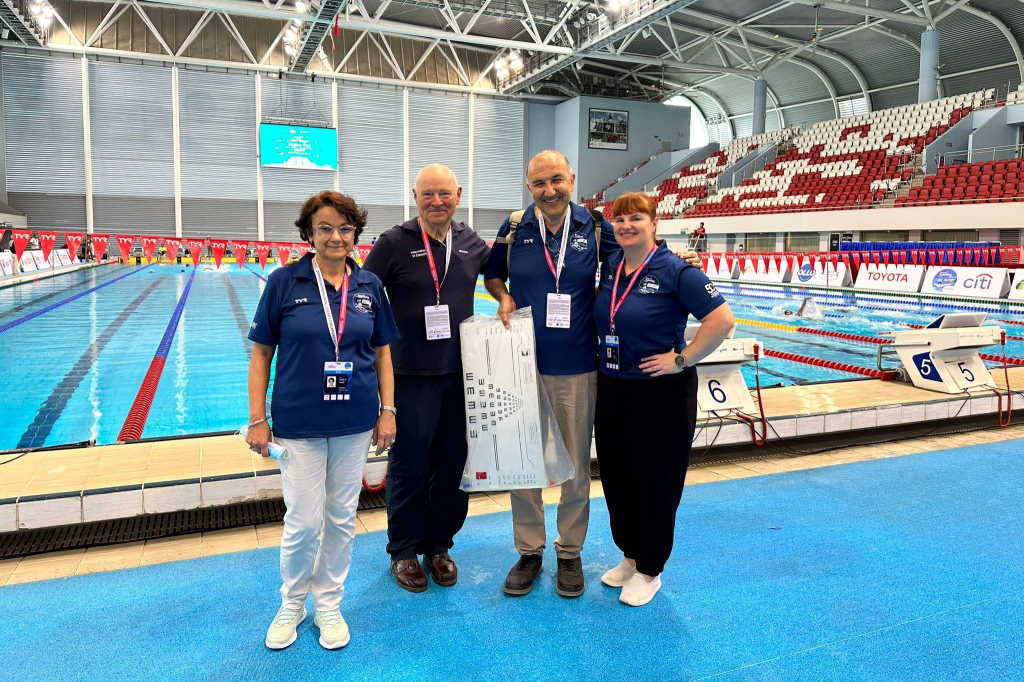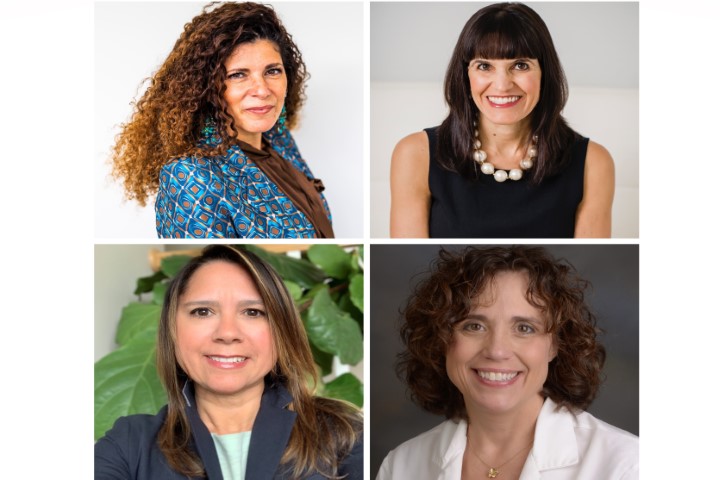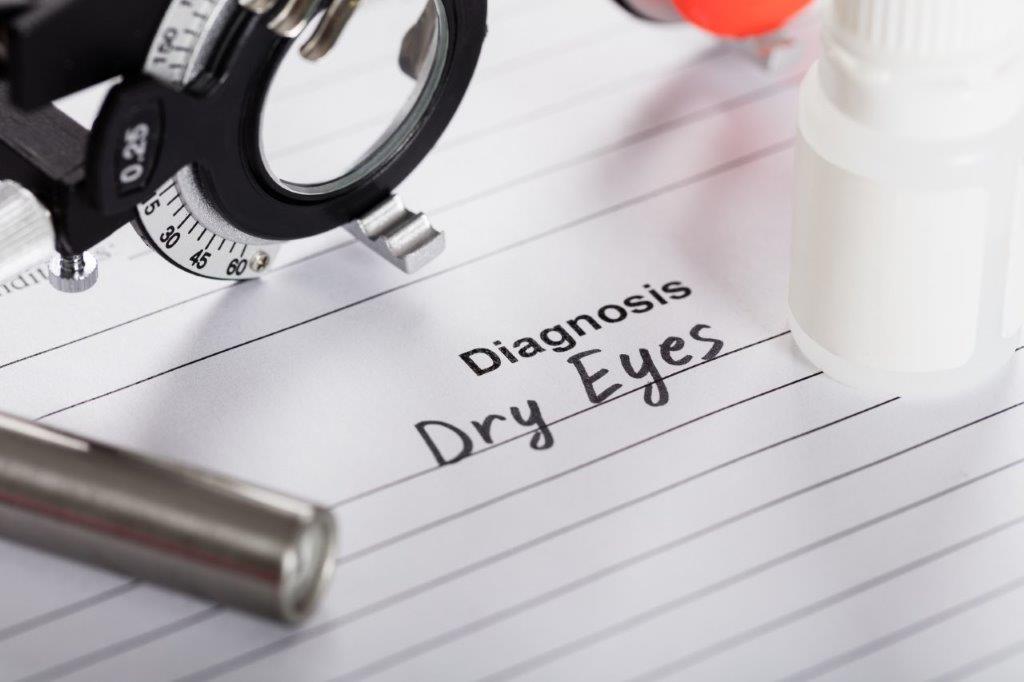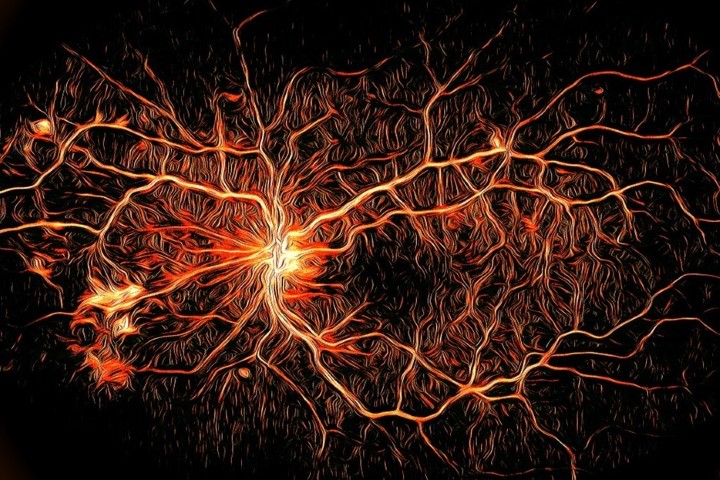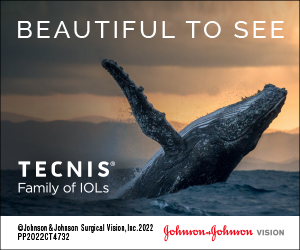Meet the… research charity chairman
Cure Kids has invested millions of dollars in child health research over the past 45 years, including many projects relating to eye health, so we sent Jai Breitnauer to meet executive chairman Roy Austin to find out what keeps this charity giving.
Most of the media seemed to be celebrating John Key’s knighthood in last year’s Queen’s Birthday Honours list, but among the usual politicians and political party donators were a number of worthy names, not least Roy Austin. A quiet, unassuming financier and chairman of the independent children’s medical research funding organisation Cure Kids, Austin was awarded the Companion of the New Zealand Order of Merit (CNZM) for services to children’s health and the community.
“I’m humbled by the honour but, in my view, this is recognition for the teams I’ve worked with,” he said, when I met him in downtown Auckland for an early-morning coffee. “I have enormous admiration for all those who have contributed to children’s health research. The staff, the board members, the researchers and professors, the corporates and philanthropists who back us, the mums and dads and the kids themselves. The kids are the real heroes here.”
Austin has been involved with Cure Kids since 1994, chairman since 1996 and executive chairman since 2006, but admits he’s been involved in community projects most of his adult life. “I’ve always been heavily involved in local projects. My children went to the same schools I went to – my grandchildren are there now. I sat on the boards and helped raise money for the local area.”
Austin was born in Christchurch but moved to Auckland’s Eastern suburbs at age six. Apart from a short period living in Berlin, he has lived in Kohimarama for most of his life. As well as taking an active part in his kids’ school community, he was also involved in the Rotary Club of Remuera and was part of the team supporting para-athlete neuroscientist, Dr William Tan, who was paralysed by polio at age two, on his infamous North Island wheelchair marathon to raise money and awareness for diabetes research. “My elder daughter had been diagnosed with Type 1 diabetes, so it was important to me personally,” explains Austin. “It was a great experience. The Rotary Club eventually raised over a million dollars. So, when I was asked to join the board of the National Children’s Health Research Foundation in 1994, I didn’t think twice.”
Embracing change
Originally founded by Rotary in 1971, today the Foundation is better known as Cure Kids, a name change implemented by Austin and other board members in 2006. Austin admits he had been quietly instigating other changes in the organisation since he took over as chairman in 1996. When he joined the board, he says, he felt there had to be a better way to fundraise than to simply rely on public donations. “We set up four paediatric health chairs at three universities: one in Otago, one in Christchurch and two in Auckland.” This was done in partnership with the universities, explains Austin. “Similar to an endowment policy, a lump sum provided by Cure Kids was invested to provide a steady income for research in the future. It made sense for the universities to match this funding as it secured an annual investment into research, and the brilliant academics could focus on their work instead of worrying about being funded the next year.”
Despite this success, public donations still couldn’t keep up with demand for research grants in other areas and Austin realised more change was needed.
“Leverage, leverage, leverage. All my thinking was directed by that,” he says. “For every dollar we got, I asked how could we double it for research? I realised we had a key asset that no one had looked into and that was intellectual property (IP).”
In the early-1990s, the National Children’s Health Research Foundation had undertaken a little-known piece of research that identified the A1 type of beta casein predominantly found in cow’s milk and found it may be a risk factor for heart disease and was linked to insulin dependent diabetes in children. Less common A2 milk did not carry these apparent risks. “A well-known businessman approached us to sell that IP to him,” says Austin. “The sale eventually raised a significant amount for Cure Kids – millions of dollars - and changed our thinking around fundraising.”
Cure Kids entered into IP partnership agreements with the universities undertaking Cure Kids investment research, allowing the organisation to leverage its value to fund further research.
The business of research
When the government established the New Zealand Seed Co-investment Fund in 2006 (SCIF), Cure Kids applied to become a partner, creating a seed co-investment capital fund worth $8 million under the umbrella of Cure Kids Ventures and funded by the A2 milk IP sale. To date, the fund has invested in eight different companies focused on child health research potential breakthroughs from asthma medication compliance to growing a child’s own skin cells for grafts. This strategy was not without criticism.
“People asked me, ‘is it really the place of a charity to invest in business?’” says Austin. “But this model enables us to access new sources of commercial funding for investment via financial partners. Investment is not a dirty word. You are still investing into child health research, and under a corporate structure there is greater access to investment funds.”
Under Austin’s leadership, Cure Kids has become one of the largest funders of child health research in New Zealand. In the optics field in 2016, the Cure Kids Innovation Seed Fund invested in Professor Steven Dakin’s research into autism spectrum disorder and eye movements at the School of Optometry and Vision Science at the University of Auckland. Professor Steven Dakin also received two seed grants in 2014 for his work around amblyopia.
The real focus is always the children; the kids who suffer from the many conditions Cure Kids-funded research is aiming to help, says Austin. “These children remind us constantly of the important work we are funding and their strength keeps us going. I just feel so blessed to have been involved for the last 23 years. You see some of these kids and you think, ‘wow’. They deserve a healthy life and it’s our job to make it happen.”















